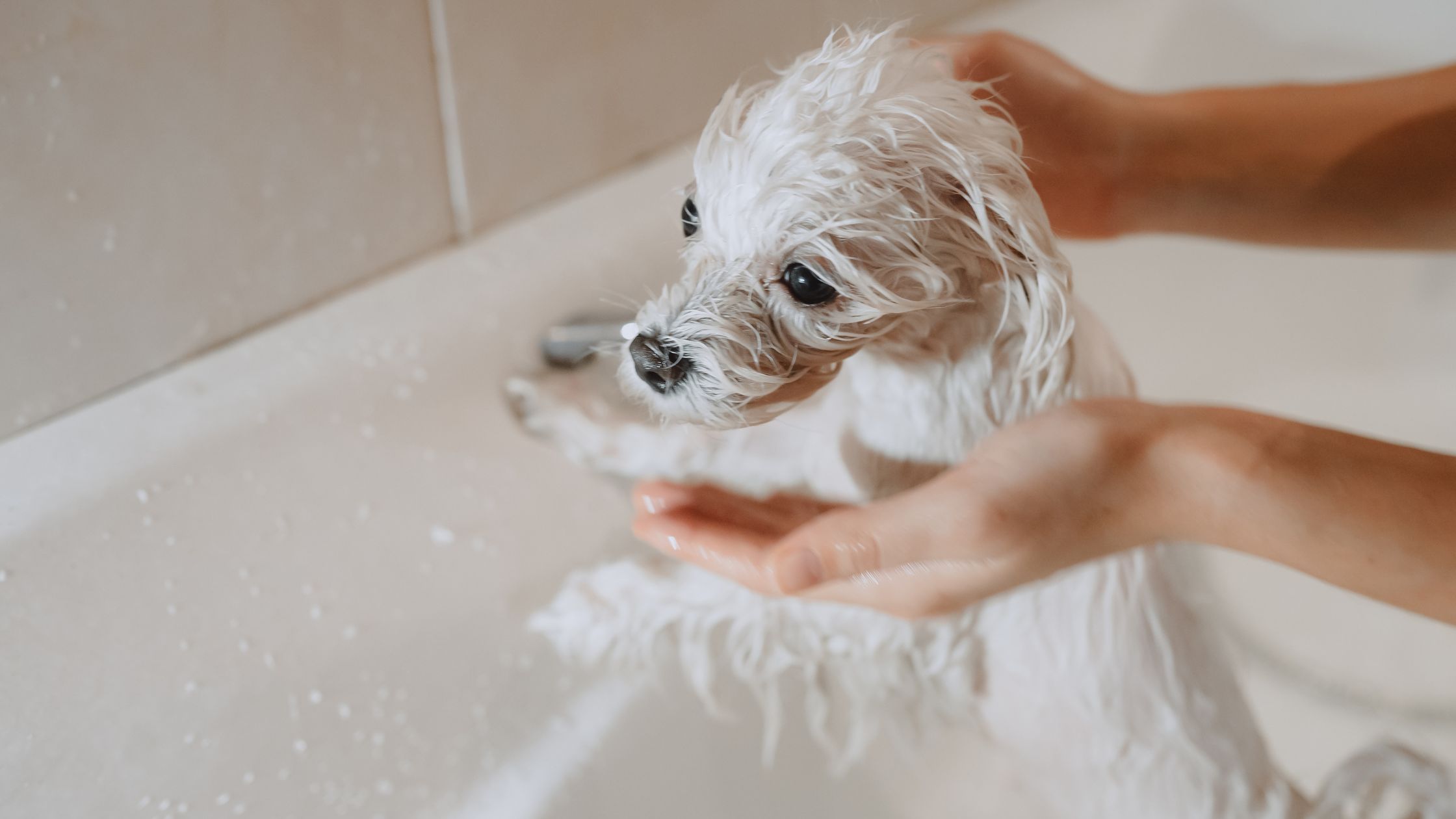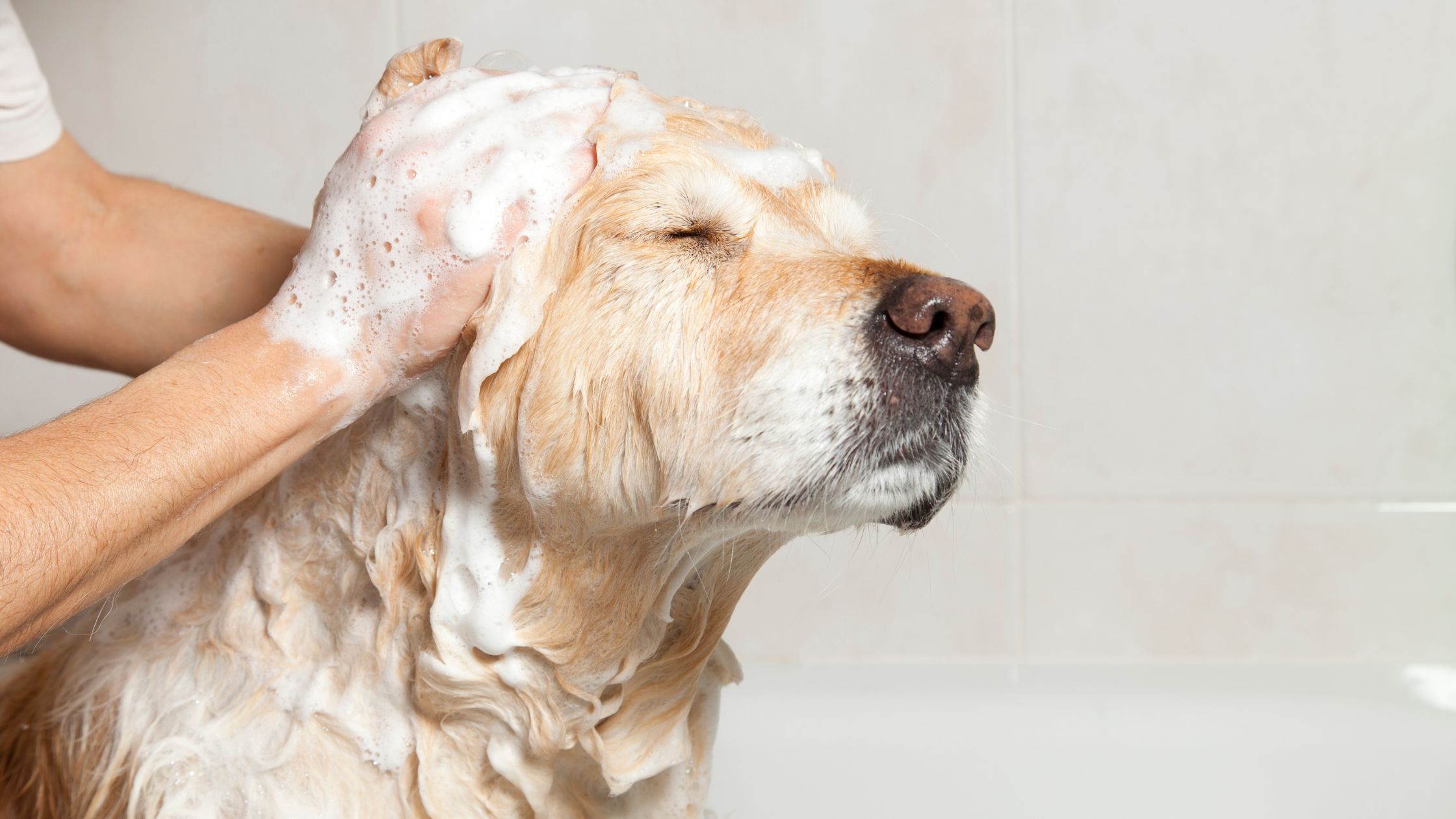You may have noticed how your furry friend reacts differently to various temperatures, but have you ever wondered if dogs have a preference when it comes to bath time?
Understanding whether dogs like warm or cold baths involves considering their natural instincts and sensory perceptions. Factors such as breed, health conditions, and past experiences play a significant role in determining what your canine companion may enjoy during bath time. Additionally, seeking professional dog grooming services can provide insight into the best bathing techniques and products tailored to your dog’s needs, ensuring a comfortable and enjoyable experience for them.
So, how can you ensure your dog’s bath time is a pleasant experience for them?
Key Takeaways
- Dogs generally prefer warm baths for relaxation and skin benefits.
- Cold baths can be refreshing and therapeutic for specific conditions.
- Finding the right temperature is crucial for a comfortable bathing experience.
- Tailoring bath temperature based on individual preferences and needs is essential.
Factors Influencing Dogs’ Bath Preferences
When determining factors influencing dogs’ bath preferences, consider their past experiences and individual sensitivities. Dogs, like humans, can have varying reactions to water temperature based on their previous encounters with baths. If a dog had a positive experience with a warm bath in the past, they may prefer it over a cold one. On the contrary, if a dog was exposed to cold water during a bath and found it uncomfortable, they might shy away from it in the future.
Additionally, individual sensitivities play a crucial role in determining a dog’s bath preferences. Some dogs are more sensitive to temperature changes than others, making them more inclined towards either warm or cold baths. It’s essential to observe your dog’s reactions during bath time to understand their preferences better. Factors such as breed, age, and health conditions can also influence how a dog perceives water temperature during baths.
Effects of Warm Baths on Dogs
Taking a warm bath can have various beneficial effects on dogs, including relaxation and improved circulation. The warm water helps to soothe your furry friend’s muscles, reducing tension and promoting a sense of calmness. This can be especially beneficial for dogs who are anxious or have been active throughout the day. The heat from the warm water can also improve blood circulation in your dog’s body, aiding in the healing process if they’ve any minor injuries or soreness.
Additionally, warm baths can help with dry or itchy skin, providing relief for dogs with skin conditions or allergies. The moisture from the warm water can hydrate the skin and coat, leaving it soft and healthy. It’s important to ensure that the water isn’t too hot to avoid discomfort or burns, so always test the temperature before allowing your dog to get in.
Effects of Cold Baths on Dogs
Cold baths for dogs can provide various benefits for their overall well-being. While warm baths are soothing, cold baths can be equally beneficial, especially after exercise or on hot days. The cold water helps in reducing inflammation and muscle soreness in your furry friend. It can also help in lowering their body temperature, which is crucial during hot weather or if they’ve been overly active.
Additionally, cold baths can invigorate your dog, making them feel refreshed and energised. The shock of the cold water can stimulate their senses and improve circulation. This can be particularly beneficial for older dogs or those with certain health conditions that benefit from increased circulation.
However, it’s important to be mindful of your dog’s tolerance to cold water. Not all dogs enjoy cold baths, so it’s essential to observe their reactions and adjust the water temperature accordingly. Always make sure the water isn’t too cold to avoid any discomfort or shock to your furry companion.

Tips for Making Bath Time Enjoyable
To make bath time enjoyable for your dog, ensure the water temperature is warm and comfortable for them. Dogs generally prefer lukewarm water, neither too hot nor too cold.
Before starting the bath, gather all necessary supplies within reach so you can focus on your dog throughout the process. Use a non-slip mat in the tub to help your pup feel secure and prevent slipping.
Consider using a handheld sprayer or a cup to wet and rinse your dog, as some dogs may find this less intimidating than a steady stream of water. Talk to your dog in a soothing voice and offer treats or toys as positive reinforcement during the bath.
Keep the bath time short and efficient to avoid overwhelming your furry friend. After the bath, dry your dog thoroughly with a soft towel and reward them for their good behaviour.
Finding the Right Bath Temperature
For your dog’s comfort during bath time, ensure the water temperature is warm and soothing. Finding the right bath temperature is crucial to make bath time a pleasant experience for your furry friend. Here are some tips to help you get the temperature just right:
- Test the Water: Before your dog gets in the tub, test the water temperature with your wrist or elbow, just like you’d for a baby. Make sure it’s comfortably warm, not hot.
- Avoid Extreme Temperatures: Dogs have sensitive skin, so water that’s too hot or too cold can be uncomfortable for them. Aim for lukewarm water to prevent any distress.
- Adjust as Needed: While bathing your dog, pay attention to their reaction to the water temperature. If they seem uncomfortable or restless, adjust the temperature accordingly.
- Use Warm Water for Rinsing: When rinsing off the shampoo, make sure the water remains warm. This will help your dog feel relaxed and refreshed throughout the bath.
Frequently Asked Questions
Can the Temperature of the Bath Water Affect a Dog’s Skin and Coat Health?
The temperature of the bath water can impact your dog’s skin and coat health. It’s essential to use water at the right temperature to avoid irritation or dryness, ensuring your furry friend’s wellbeing.
How Often Should I Bathe My Dog, Regardless of Their Bath Temperature Preference?
To keep your dog clean and healthy, bathe them every 4-6 weeks. Regular baths help control odor and maintain skin health. Brush your dog regularly in between baths to keep their coat in top condition.
Are There Any Specific Breeds of Dogs That Prefer Warm Baths Over Cold Baths, or Vice Versa?
Some breeds, like poodles, may prefer warm baths due to their curly coats. Others, such as huskies, might enjoy colder water, especially in hot climates. Pay attention to your dog’s reactions for clues.
Can Using Certain Shampoos or Conditioners Influence a Dog’s Bath Temperature Preference?
Using certain shampoos or conditioners can impact your dog’s bath temperature preference. Some scents or ingredients may make them more comfortable with warmer or cooler water. Experiment to see what your furry friend enjoys!
Are There Any Potential Negative Effects on a Dog’s Health if They Consistently Resist Bath Time, Regardless of Water Temperature?
Consistently resisting bath time, regardless of water temperature, can lead to skin issues, matting, and unpleasant odours. It’s important to address your dog’s bath-time aversion to ensure their health and well-being.

